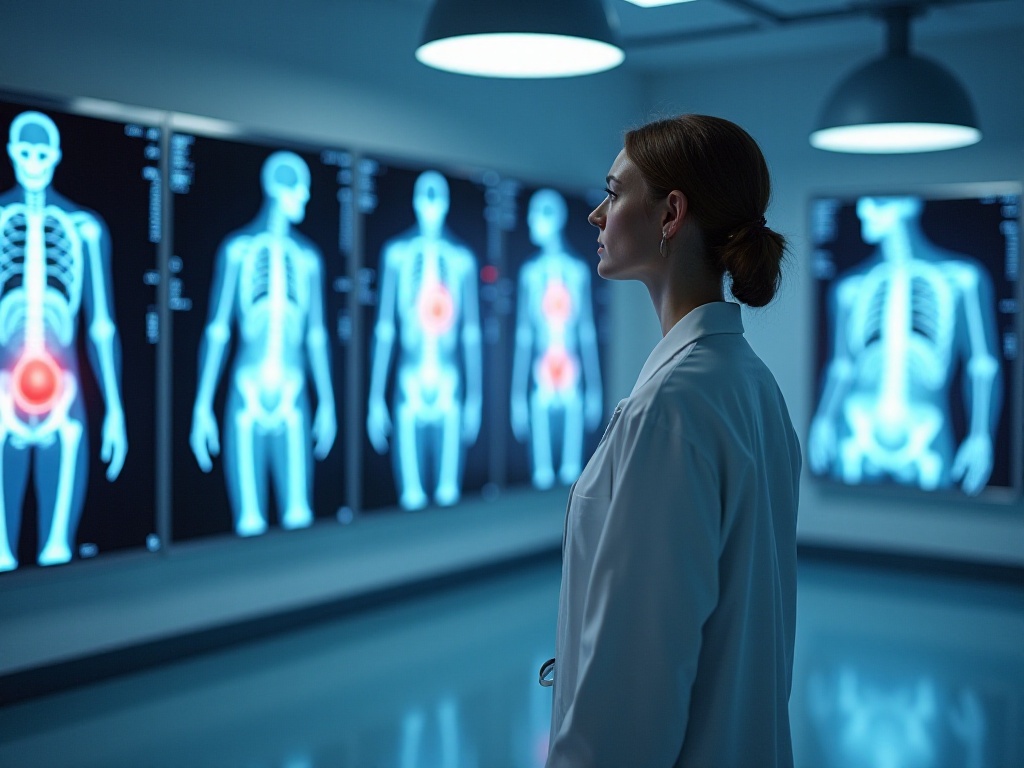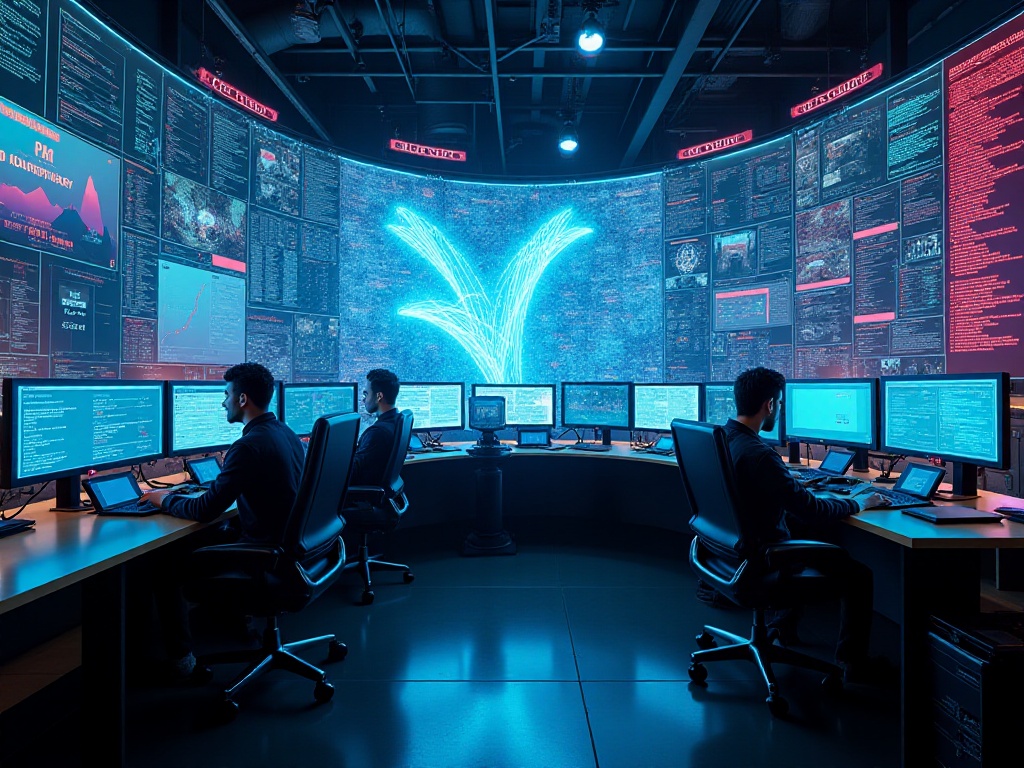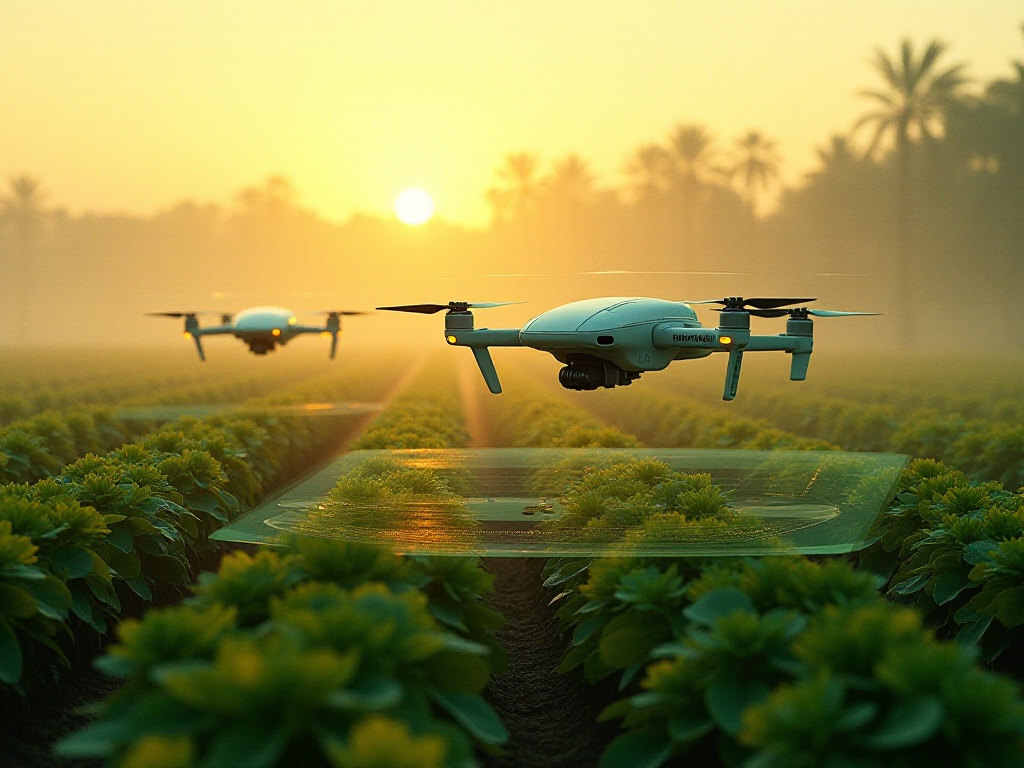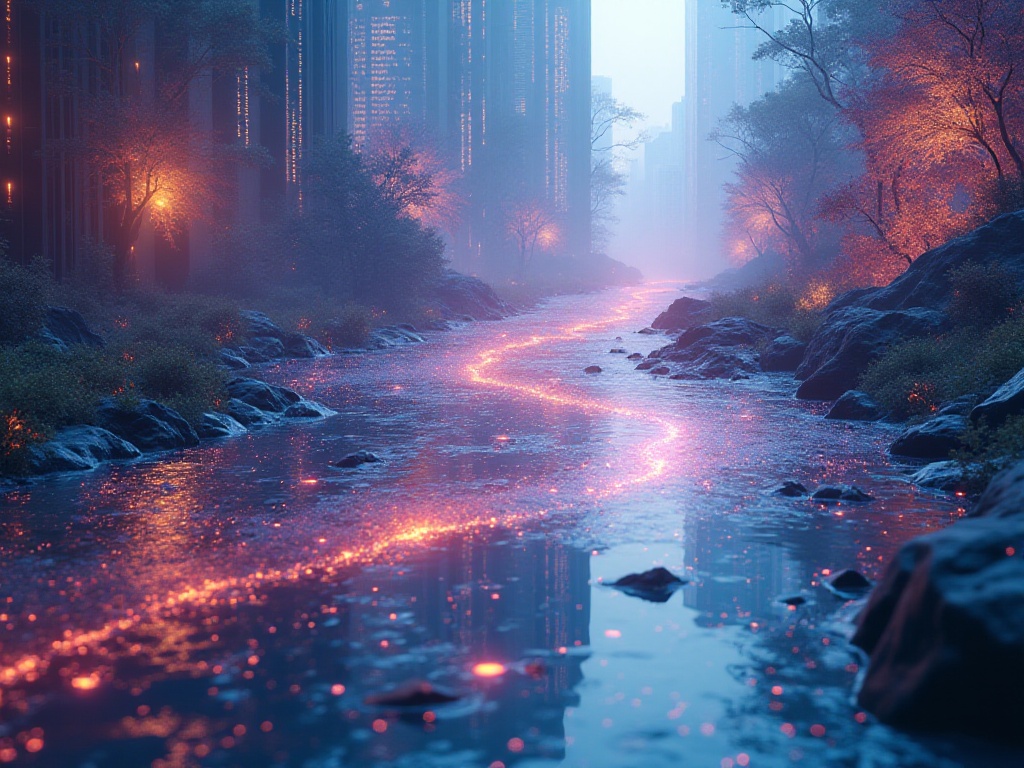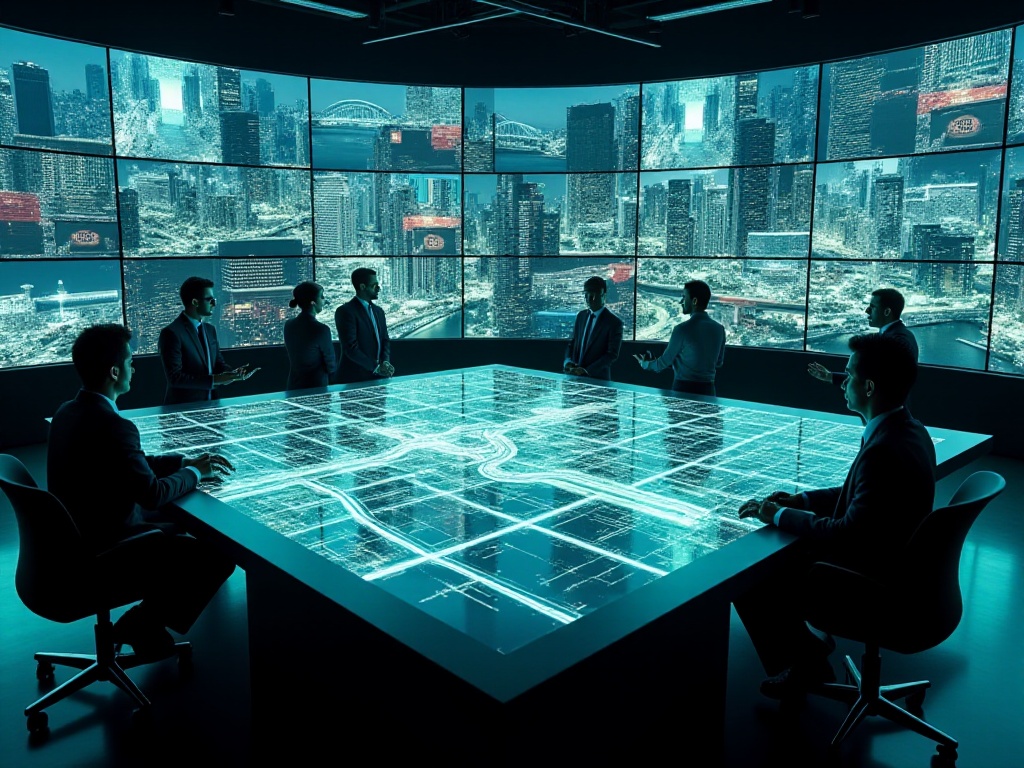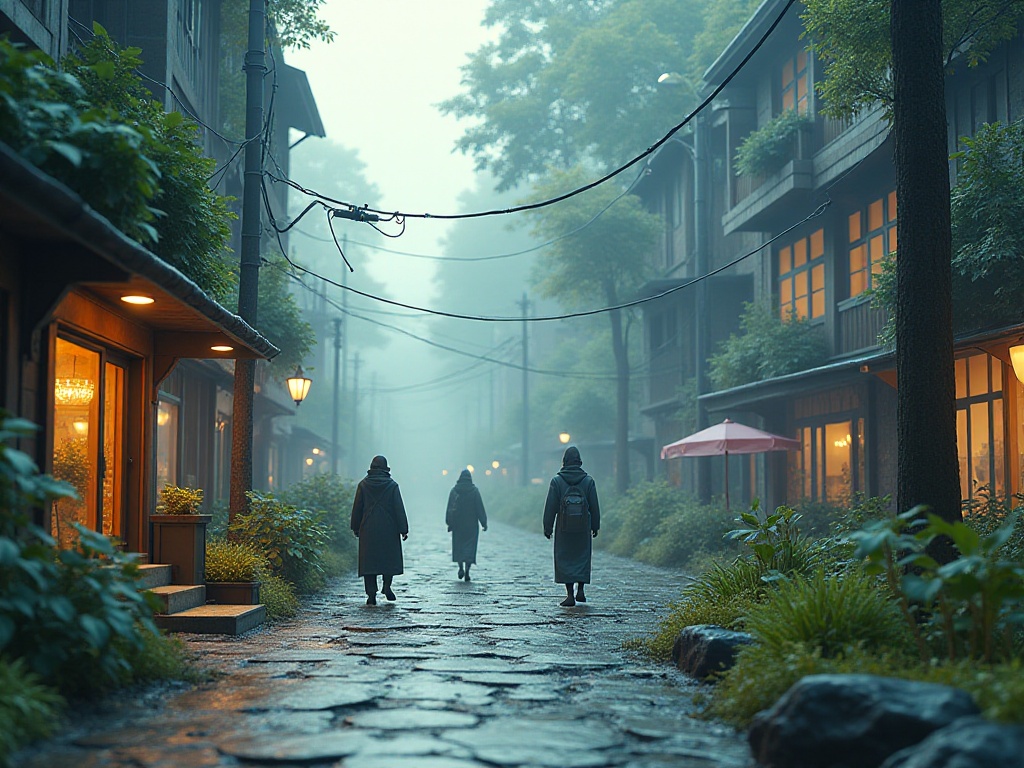Opening Remarks
As a post-95 content creator, I've been truly amazed by AI video creation tools recently. The development in this field is moving faster than a rocket, making me marvel at the wonders of technology. I remember staying up late at my computer last year, racking my brain over a 3-minute video. Now, with just a few lines of text input, AI can handle what used to take me an entire day. This is truly black technology tailor-made for content creators like us who need to produce content regularly. Today, I'd like to share my experience using these tools.
Text to Video
I bet you've encountered this awkward situation: you write an amazing article, spend sleepless nights revising it multiple times, only to find it makes no splash on short video platforms. That was exactly my story. Later, I discovered that using AI tools to convert articles into videos is a magical transformation process.
Speaking of which, I have to praise the tool Pictory. It really showed me what "technology changes life" means. Just the other day, I wrote a 5000-word article about artificial intelligence. In the past, I might have spent an entire day figuring out how to turn it into a video. But with Pictory, everything became simple. I just needed to paste the article in, and it automatically extracted the key points and intelligently matched them with appropriate visuals.
What delighted me even more was that it automatically added subtitles! You know, I used to struggle a lot with adding subtitles to videos. Sometimes when speech recognition wasn't accurate, I had to manually correct each sentence. But Pictory's subtitle generation is highly accurate, and even if there are occasional adjustments needed, it's a minor issue. The entire process takes less than 10 minutes, more than ten times faster than my previous editing method.
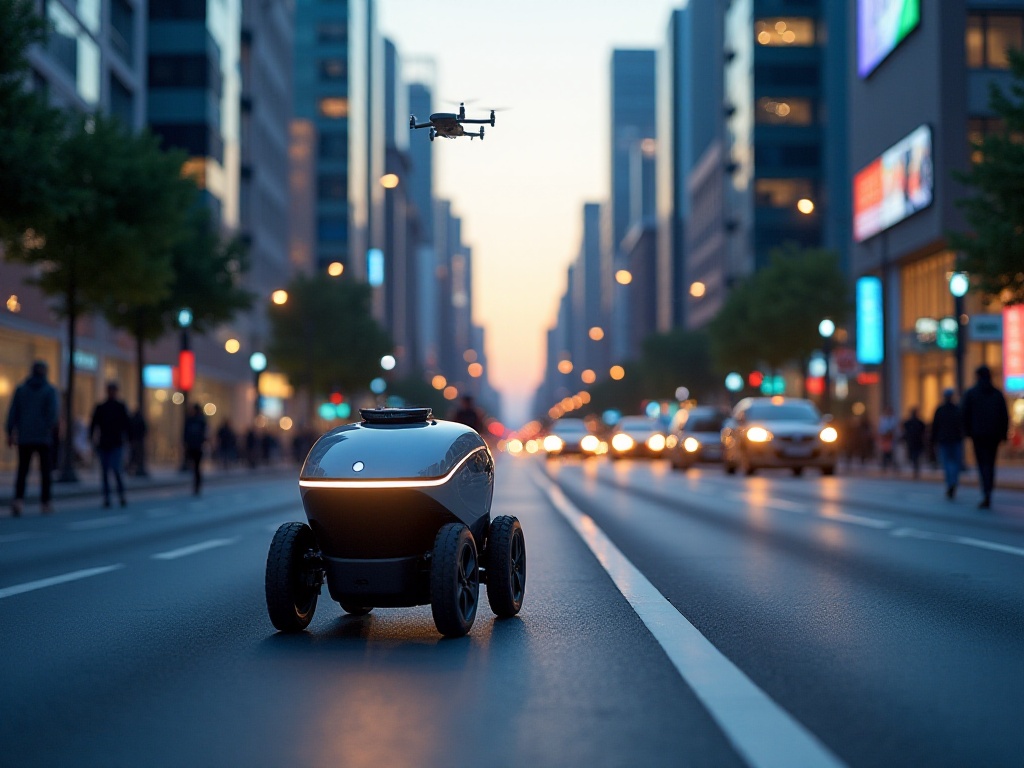
Creative Breakthroughs
Speaking of AI video creation, I must mention Meta's Make-A-Video. This is truly my creative liberation tool! Last week, I had a sudden idea to see what "a teddy bear sitting at an easel painting a self-portrait" would look like. Honestly, I thought the AI-generated scene would be stiff, but the result was surprisingly amazing.
The teddy bear in the scene wasn't a rigid doll, but full of life. It would tilt its head in thought, then carefully paint on the canvas, with all those subtle movements appearing very natural. The most magical part was its concentrated expression while painting its self-portrait - it was absolutely adorable! If I hadn't generated it with AI myself, I wouldn't believe a machine could create this.
But what excites me the most has to be Google's Phenaki. This is literally a storytelling magician! It doesn't just generate single scenes but can create videos with complete storylines. The other day, on a whim, I had it generate a video of "an astronaut riding a horse exploring the moon's surface." Honestly, I was just playing around, but the result amazed me.
In the video, an astronaut rides a sci-fi styled mechanical horse, strolling on the moon's desolate surface. A lunar rover slowly drives by in the distance, while Earth appears faintly in the sky. The entire scene is both sci-fi and realistic, and importantly, the plot development is very smooth. The astronaut discovers a strange lunar cave and carefully approaches to explore, with the mechanical horse's movements becoming cautious accordingly. This attention to detail makes the whole video look like a clip from a Hollywood sci-fi movie.
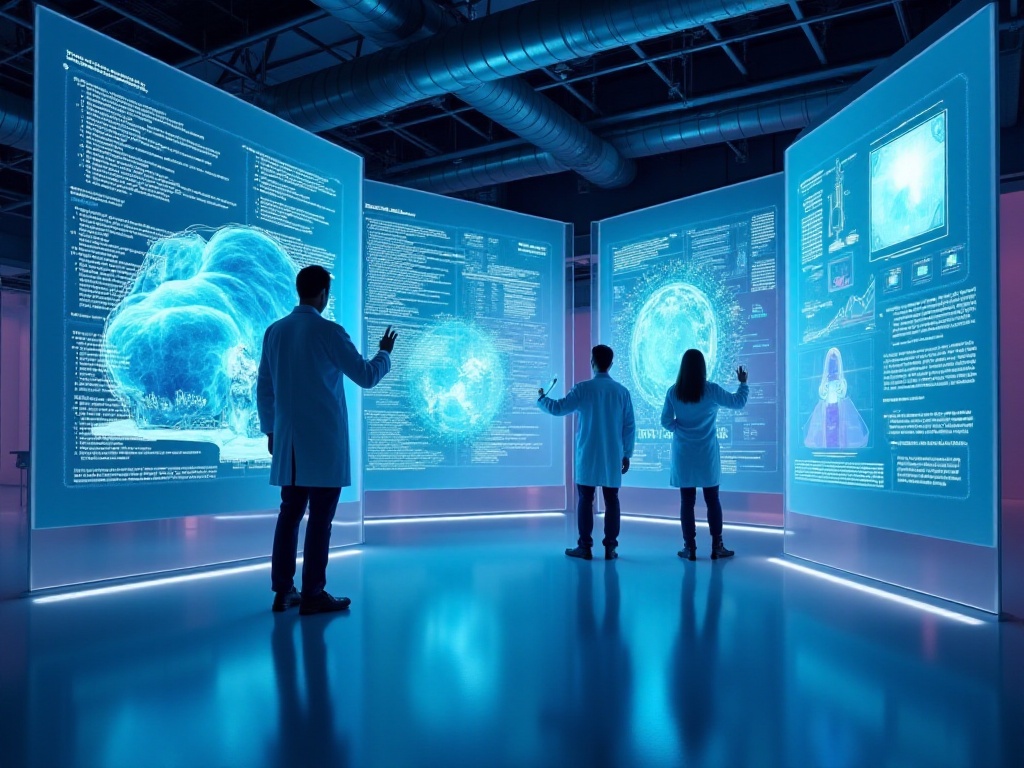
Application Scenarios
Through deep usage during this period, I've found these AI video tools to be a timely solution for various industries. In education and training, Synthesys is truly a blessing for teachers. I have a friend who works as an instructor at a programming training institution, and he recently used this tool to create an entire programming tutorial series.
Previously, he had to prepare PowerPoint slides, debug code, set up cameras, and spend half a day busy with preparation to record a lesson. Now it's much better - he just needs to organize the course content into a script, and Synthesys can help him generate a professional educational video. Not only are the visuals clear, but the narration voice is also very natural. Most importantly, students feedback that this form of tutorial is particularly easy to understand because AI automatically adds animated demonstrations at key points, making it much more intuitive than pure text tutorials.
As a content creator, I've recently become particularly dependent on Pictory to help me convert blog posts into short videos. Honestly, the conversion rate is amazing. A quantum computing article I wrote previously had average readership on my blog. But after converting it to video using Pictory, the views skyrocketed, at least 50% higher than before. There's also much more interaction in the comments section, showing that short videos indeed better match young people's reading habits today.
For product introductions, Make-A-Video is absolutely a creative weapon for brands. I recently saw a product teaser video made by an emerging tech brand using it, and the creativity was mind-blowing. They placed their product in various imaginative scenarios, like putting a smartwatch in a futuristic city setting, or headphones in an ocean of music. This imaginative presentation style not only attracted massive viewer attention but also greatly enhanced the brand's personality. Most crucially, the entire video production cost was probably a fraction of traditional advertising.
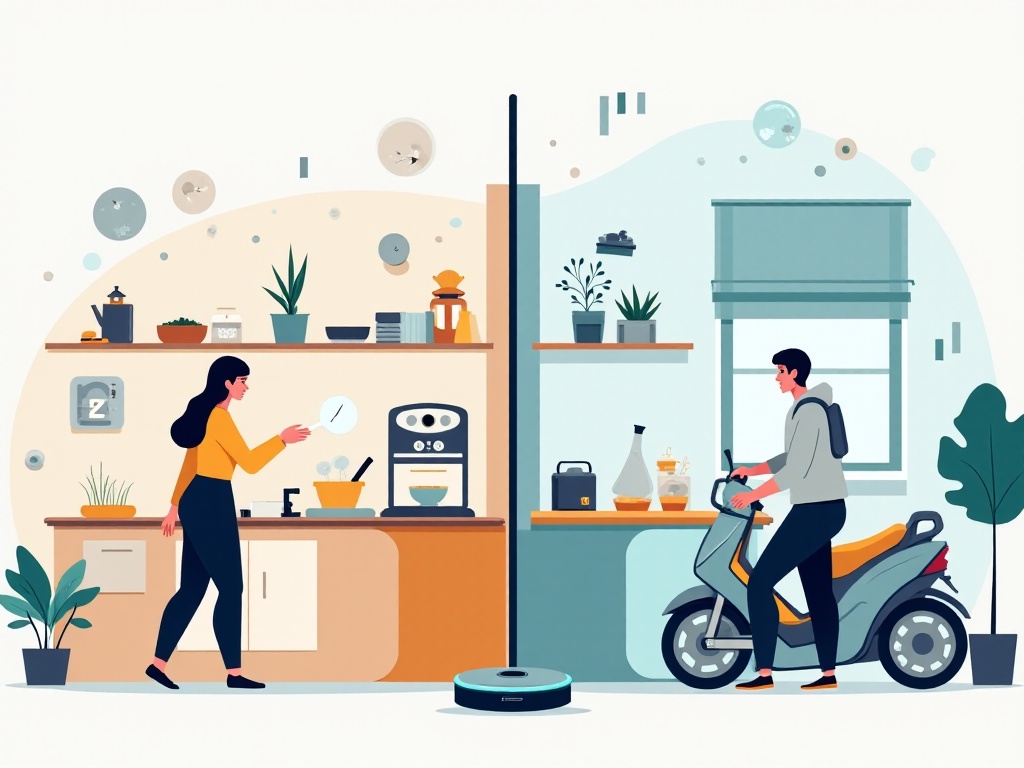
Future Outlook
After this period of deep experience, I have to say that the potential of AI video creation tools is truly limitless. Although current technology still has some imperfections, such as generated character movements sometimes being a bit stiff, like robots dancing unnaturally. Also, in terms of long-video narratives, AI's logic still needs strengthening. Sometimes there are plot jumps or inconsistencies.
However, looking at the development speed of these tools, I think these issues will be solved soon. Take character movements for example - they're already much more natural than six months ago. I remember when I first used Make-A-Video, generated characters would float while walking, but now at least they move according to physical laws. As for narrative logic, with the continuous improvement of large language models, AI's understanding of story structure is constantly deepening.
I bet in another three to five years, we might really be able to make complete movies using AI. Imagine just writing a script, and AI helps you turn it into a movie, automatically completing everything from scene design to character performance to special effects production. This might sound like science fiction, but given AI's current development speed, it's really not something out of reach.
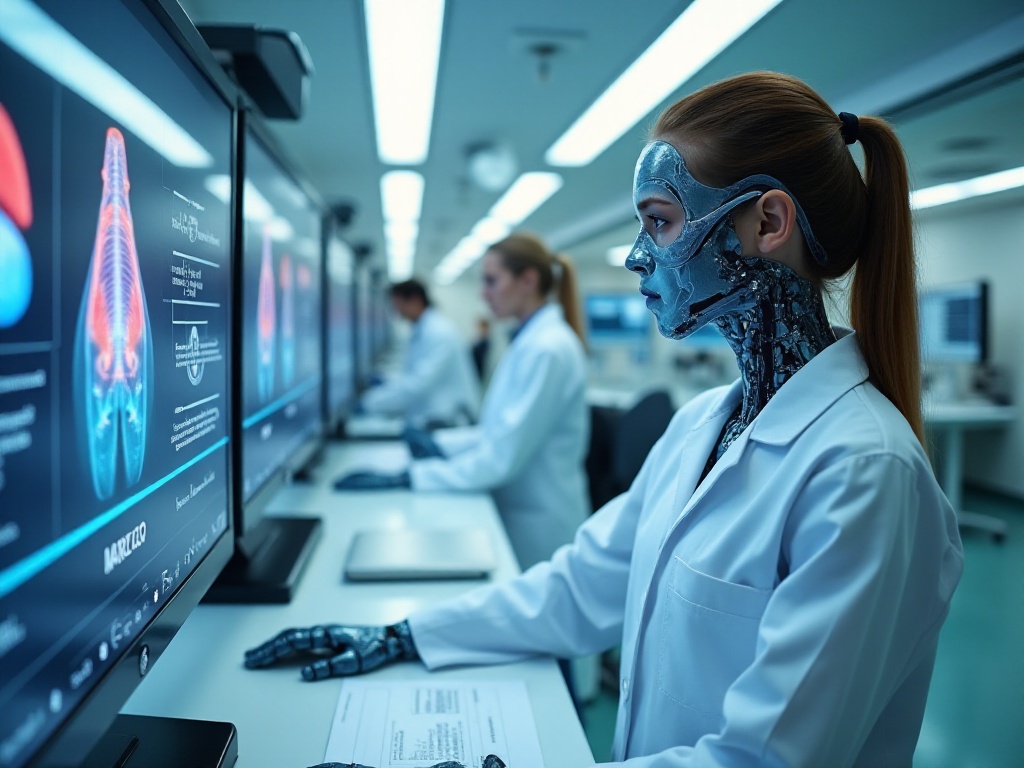
Practical Suggestions
If you want to join the AI video creation army, my advice is to progress gradually - don't try to create a big production right away. I suggest starting with tools like Pictory, which has a relatively low threshold and mainly helps you convert text to video. You can try it with articles you've written and see how it works. Once you're familiar with the basic operations and have a feel for AI video creation, then try creative tools like Make-A-Video.
During the process, make sure to experiment a lot. Each tool has its own characteristics - for instance, Pictory is more suitable for knowledge content, while Make-A-Video excels at creative videos. You need to find the most suitable tools and creation methods for yourself through continuous trial and error. I developed a relatively efficient workflow through repeated trial and error.
Also, don't let the tools' limitations dampen your enthusiasm. Remember, current AI is still in its growth phase, so some imperfections are normal. The important thing is to learn to play to strengths and avoid weaknesses. For example, if you find AI-generated character movements aren't natural enough, use more scenes with objects or landscapes. If you find long video narratives aren't coherent enough, start practicing with short videos.
These AI video tools are like keys that can open the door to creativity. The key is how we use them well to create more exciting content. I believe that as long as you're willing to invest time in exploration and experimentation, you'll definitely find your own creative approach.


